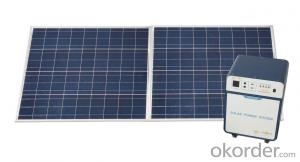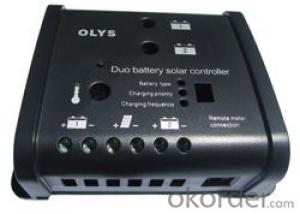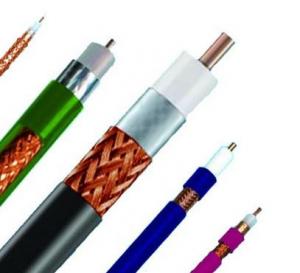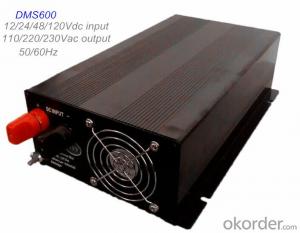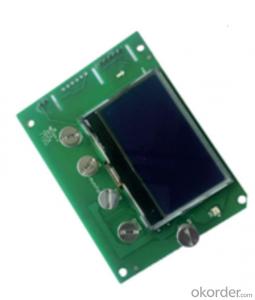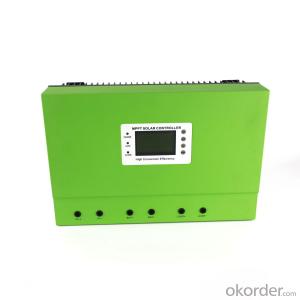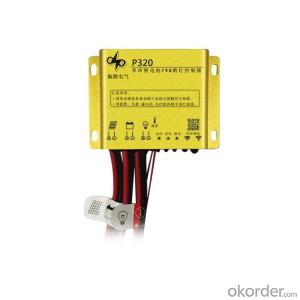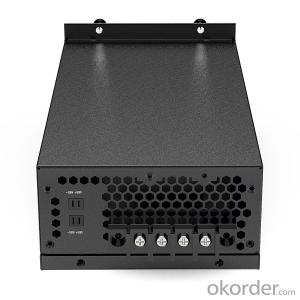Rv Solar Power Inverter
Rv Solar Power Inverter Related Searches
Home Power Inverter For Solar Solar Power Inverter For House Solar Power Inverter For Rv Inverter Ac With Solar Panel 100w Solar Panel With Inverter Solar Panel Kit With Inverter Rv Solar System With Inverter Solar Panel With Inverter Solar With Electric Inverter Inverter With Battery SolarHot Searches
Type Of Inverter For Solar Types Of Inverter For Solar Used Solar Inverter For Sale Inverter Size For Solar System Solar Edge Inverter For Sale 5kw Solar Inverter For Sale Solar Inverter For Sale Solar Inverter For Battery Solar Inverter For Split Ac Solar Inverter For Laptop Solar Inverter For Fridge Solar With Inverter Price Solar Inverter With 2 Battery Solar Inverter Price In China Best Solar Inverter In China Solar Inverter Price In Dubai Solar Inverter Price In Uae Solar Inverter Price In Kenya Solar Inverter Price In Kerala Type Of Inverter For SolarRv Solar Power Inverter Supplier & Manufacturer from China
Okorder.com is a professional Rv Solar Power Inverter supplier & manufacturer, offers integrated one-stop services including real-time quoting and online cargo tracking. We are funded by CNBM Group, a Fortune 500 enterprise and the largest Rv Solar Power Inverter firm in China.Hot Products
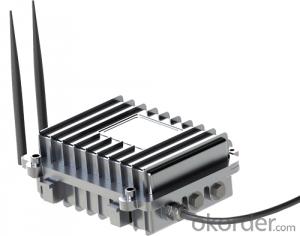
Internet of Things Wireless Centralize Controller Remote Monitor System MPPT Solar Charge Controller
FAQ
- Yes, a solar controller can be used with solar-powered electric fences. A solar controller is designed to regulate the charging and discharging of batteries in a solar power system. It ensures that the battery is charged efficiently and protects it from overcharging or discharging. In the case of solar-powered electric fences, a solar controller can effectively maintain the battery's charge and ensure the fence operates optimally.
- Yes, a solar controller can be used with solar-powered backpacks. A solar controller is responsible for regulating the voltage and current from the solar panels to ensure proper charging of the battery or device. In the case of solar-powered backpacks, a solar controller can be used to manage the energy flow from the solar panels to the battery or the electronic devices being charged. It helps prevent overcharging, overvoltage, or other potential issues that could damage the battery or the connected devices. Therefore, using a solar controller with solar-powered backpacks is highly recommended to optimize the charging process and ensure the longevity and safe operation of the system.
- To integrate a solar controller with your existing solar system, you need to follow a few steps. First, ensure that the solar controller you have is compatible with your solar panels and system specifications. Then, locate the main junction box or connection point of your solar system. Connect the solar controller to this junction box using appropriate wiring and connectors. Make sure to follow the manufacturer's instructions for proper wiring and connections. Finally, configure the settings on the solar controller according to your system requirements and preferences. It is recommended to consult a professional or refer to the user manual for specific guidance tailored to your solar controller model.
- Yes, a solar controller can be used with solar-powered electric fences for livestock. The solar controller regulates the charging and discharging of the battery used in the electric fence system, ensuring optimal power supply and performance.
- The maximum input current for a solar controller with an LCD display would depend on the specific model and specifications of the controller. It is recommended to refer to the manufacturer's documentation or product specifications to determine the maximum input current for a particular solar controller with an LCD display.
- To determine the maximum load output voltage for a solar controller in a grid-tied system, you need to consider a few key factors. Firstly, you should understand the specifications and limitations of your solar controller. Check the technical documentation or user manual provided by the manufacturer. Look for the maximum load output voltage rating mentioned in the specifications. This value represents the highest voltage that the controller can safely provide to the load. Next, you need to consider the voltage requirements of the load itself. Determine the voltage range or specific voltage rating that the load can handle. This could be mentioned in the load's technical specifications or user manual. Ensure that the maximum load output voltage of the solar controller falls within the acceptable range for your load. Additionally, it is important to consider the overall system design and configuration. If you have multiple solar panels connected in series, their combined voltage will directly impact the maximum load output voltage of the solar controller. Therefore, calculate the total voltage output of your solar panels and ensure it is within the acceptable limit of your solar controller. Lastly, it is crucial to comply with any local regulations or codes related to grid-tied systems. Some regions have specific guidelines regarding maximum voltage limits for safety reasons. Make sure to consult these regulations to ensure the maximum load output voltage of your solar controller adheres to the local requirements. By taking into account the solar controller's specifications, load voltage requirements, system configuration, and local regulations, you can effectively determine the maximum load output voltage for a solar controller in a grid-tied system.
- When selecting a solar controller, it is recommended to look for certifications such as the International Electrotechnical Commission (IEC) 62109 standard, which ensures safety and performance compliance. Additionally, certifications like CE, RoHS, and FCC can indicate compliance with European, environmental, and electromagnetic compatibility standards respectively. It is also advisable to consider controllers with certifications specific to the region where they will be used, as requirements may vary.


















